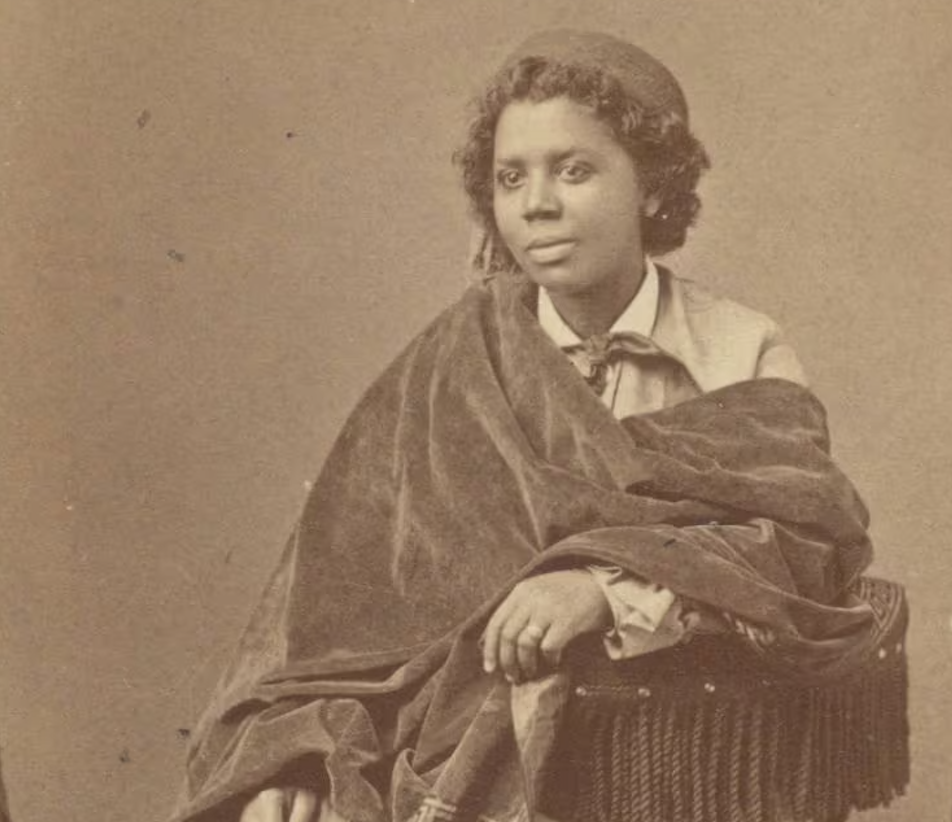Edmonia’s premiere at Interlochen
Composer Bill Banfield, whose opera “Edmonia” premieres this weekend in Michigan. 

This weekend, almost a quarter century after its initial commission, “Edmonia” is premiering at Interlochen Center for the Arts in Michigan. The cast includes operatic soprano Amber Cierra Merritt, Broadway actor Sydney James Harcourt, and dozens of high school students from Interlochen Arts Academy, a prestigious boarding school in Michigan for aspiring professional artists.
In a phone conversation, Interlochen director of musical theatre Justin Lee Miller called the opera “unlike anything we’ve ever done before,” and a unique opportunity for the students to be part of something original. “There’s no cast recording to listen to. There’s nobody to imitate,” he said.
While an opera program does exist at Interlochen, where Banfield has been an artist in residence since 2021, productions are usually modest and mounted in the school’s small chapel. “Edmonia” is going up in the school’s main theater, which seats roughly 1,000, Miller said. According to the Michigan-based Traverse Ticker newspaper, the production features a rotating stage that cost the school $70,000.
Between the cast, crew, and orchestra, Miller estimated that between 20 and 25 percent of Interlochen’s 550-strong student body is working on “Edmonia,” and still more are participating in other capacities. “Even programs like film and visual arts have been involved,” he said.
Only a handful of high schools in the country mount operas, and the demands of solo operatic singing are beyond most young voices. However, “Edmonia” is more of a “hybrid opera,” Miller and Banfield both said.
Banfield added that if there were a model for the stylistic syncretism of “Edmonia,” it would be the musical “Hamilton” — not because it includes hip-hop elements, but because it “lives in a rhythmic motion that is culturally relevant.”
“Edmonia” is not trying to be musical theater or jazz, Banfield said, but those musical styles inform his writing. “You can sing the songs, but it isn’t ‘sing-songy music,’” said Banfield, the founding director of the Africana Studies department at Berklee College of Music, who received a President’s Call to Service Awardfrom the Biden administration last fall.
“The reason we know anything about Edmonia,” Banfield said, is the work of Massachusetts-based art historian Marilyn Richardson, who found “The Death of Cleopatra” languishing in an Illinois shopping mall storeroom in 1988 under a coat of latex house paint. Much of the libretto is informed by Richardson’s work, and the first part of Act II takes place in Boston, where Lewis lived and worked for two years before departing for Europe.
Lewis’s story is “a true American story,” said Banfield. “It’s a story about freedom. It’s a story about finding your identity, about creating a piece of art that stands as true as the soul of the artist themself.”
Banfield doesn’t consider the book closed on the opera, either. “There is an ‘Edmonia’, part two, that I want to do,” he said. “That’s how rich her story is.”
